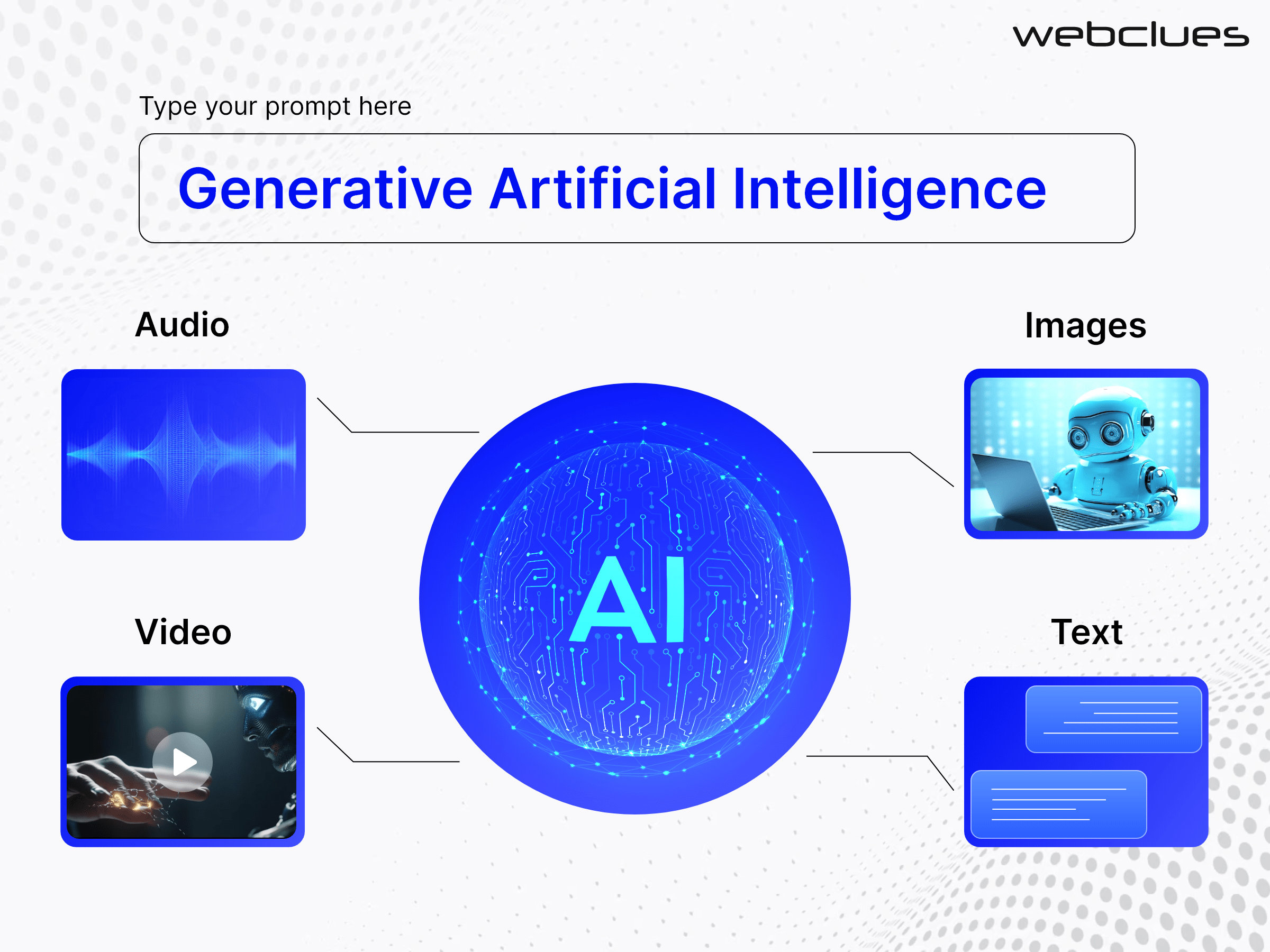Featured
Table of Contents
As an example, such models are trained, using millions of examples, to forecast whether a particular X-ray shows signs of a lump or if a specific consumer is likely to back-pedal a car loan. Generative AI can be believed of as a machine-learning model that is trained to create brand-new information, instead than making a forecast concerning a specific dataset.
"When it comes to the real equipment underlying generative AI and various other sorts of AI, the distinctions can be a bit blurry. Oftentimes, the very same formulas can be utilized for both," states Phillip Isola, an associate teacher of electrical design and computer technology at MIT, and a member of the Computer technology and Expert System Research Laboratory (CSAIL).

One huge distinction is that ChatGPT is far bigger and more complex, with billions of parameters. And it has actually been educated on an enormous amount of data in this situation, much of the openly available text on the net. In this big corpus of text, words and sentences show up in sequences with specific dependencies.
It learns the patterns of these blocks of text and uses this knowledge to recommend what might follow. While bigger datasets are one stimulant that caused the generative AI boom, a selection of major research developments also brought about more complex deep-learning designs. In 2014, a machine-learning style recognized as a generative adversarial network (GAN) was recommended by researchers at the College of Montreal.
The generator tries to fool the discriminator, and at the same time discovers to make more reasonable outcomes. The picture generator StyleGAN is based on these kinds of versions. Diffusion models were introduced a year later on by researchers at Stanford University and the University of The Golden State at Berkeley. By iteratively refining their result, these models discover to create brand-new data examples that appear like examples in a training dataset, and have been made use of to create realistic-looking photos.
These are just a few of lots of techniques that can be utilized for generative AI. What all of these methods share is that they convert inputs right into a set of tokens, which are mathematical depictions of portions of information. As long as your information can be exchanged this standard, token layout, after that in concept, you can apply these approaches to create new data that look similar.
Can Ai Be Biased?
While generative designs can attain extraordinary outcomes, they aren't the best option for all kinds of information. For tasks that involve making predictions on structured data, like the tabular data in a spread sheet, generative AI designs have a tendency to be outmatched by standard machine-learning techniques, says Devavrat Shah, the Andrew and Erna Viterbi Teacher in Electrical Design and Computer System Science at MIT and a member of IDSS and of the Research laboratory for Details and Decision Solutions.

Formerly, people needed to talk with machines in the language of equipments to make points occur (What is the future of AI in entertainment?). Currently, this interface has figured out exactly how to speak with both humans and makers," says Shah. Generative AI chatbots are now being utilized in phone call centers to field questions from human clients, however this application emphasizes one potential red flag of applying these designs worker displacement
Ai-driven Innovation
One promising future direction Isola sees for generative AI is its usage for manufacture. As opposed to having a design make a photo of a chair, possibly it can create a plan for a chair that can be produced. He also sees future uses for generative AI systems in developing a lot more typically smart AI agents.
We have the capacity to think and dream in our heads, to come up with interesting concepts or strategies, and I think generative AI is just one of the devices that will certainly equip agents to do that, as well," Isola claims.
Ai Content Creation
Two extra current advances that will certainly be discussed in even more detail listed below have played a crucial component in generative AI going mainstream: transformers and the advancement language designs they enabled. Transformers are a sort of artificial intelligence that made it feasible for researchers to train ever-larger designs without needing to classify every one of the information ahead of time.

This is the basis for tools like Dall-E that immediately create pictures from a message summary or create message captions from photos. These breakthroughs notwithstanding, we are still in the early days of using generative AI to develop readable text and photorealistic stylized graphics. Early executions have had concerns with precision and predisposition, along with being prone to hallucinations and spewing back odd solutions.
Moving forward, this technology could help compose code, style new drugs, develop products, redesign service processes and transform supply chains. Generative AI starts with a timely that could be in the kind of a message, a photo, a video clip, a layout, music notes, or any kind of input that the AI system can refine.
Scientists have actually been producing AI and other devices for programmatically producing content considering that the very early days of AI. The earliest strategies, called rule-based systems and later on as "experienced systems," made use of explicitly crafted policies for producing responses or data collections. Neural networks, which create the basis of much of the AI and equipment knowing applications today, turned the problem around.
Established in the 1950s and 1960s, the very first neural networks were limited by a lack of computational power and tiny data collections. It was not up until the introduction of large information in the mid-2000s and improvements in hardware that semantic networks ended up being sensible for creating web content. The area sped up when researchers located a way to get semantic networks to run in parallel throughout the graphics refining devices (GPUs) that were being used in the computer system gaming industry to make computer game.
ChatGPT, Dall-E and Gemini (formerly Poet) are popular generative AI user interfaces. In this instance, it links the meaning of words to aesthetic elements.
Can Ai Replace Teachers In Education?
It enables individuals to generate imagery in numerous designs driven by user triggers. ChatGPT. The AI-powered chatbot that took the globe by storm in November 2022 was constructed on OpenAI's GPT-3.5 application.
Table of Contents
Latest Posts
How Does Ai Work?
How Does Ai Create Art?
What Is Edge Computing In Ai?
More
Latest Posts
How Does Ai Work?
How Does Ai Create Art?
What Is Edge Computing In Ai?